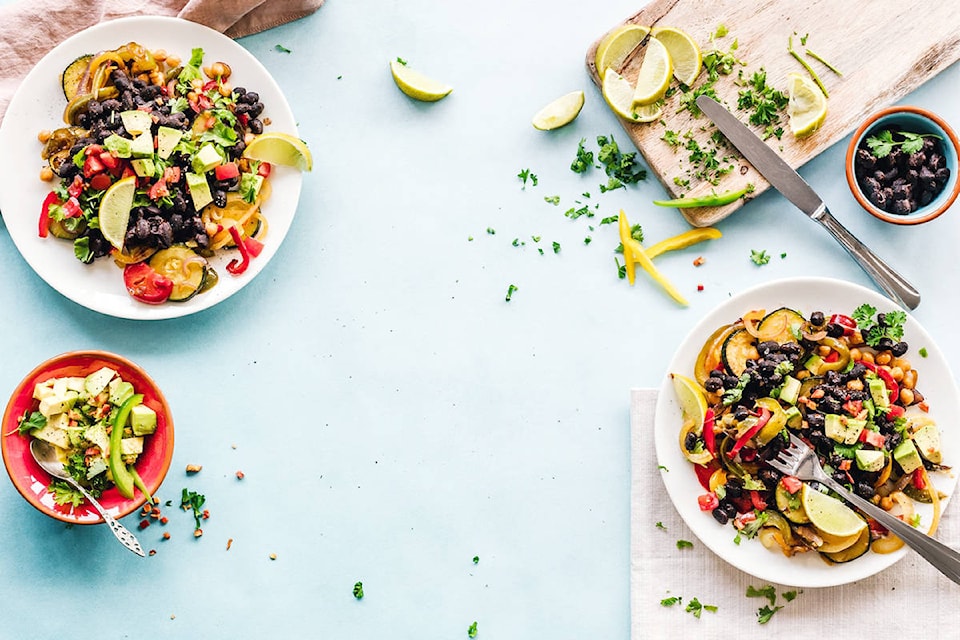Dawn Gibson
News Staff
Now is as important time as ever to be mindful of our hygienic practices, particularly when preparing or eating food.
The BC Centre for Disease Control shared advice on how to further protect yourself from contracting COVID-19 when eating or preparing a meal.
The BCCDC is unsure of whether the virus can survive in cool fridge temperatures, how long it can survive on surfaces before it dies, or if the virus can grow and spread on food. It is not presumed that the virus can be transmitted by food, but it is still good to take some extra precautions.
First and foremost, we’ve been hearing it from our mothers since childhood, and now from every form of health advisor with access to a computer: Wash your hands.
ALSO READ: COVID-19: Six handwashing mistakes to avoid
“COVID-19 is spread from person-to-person through respiratory droplets,” stated the BCCDC on their website. “There is a theoretical risk that a person infected with COVID-19 could spread the virus by sneezing on food or by directly touching food with their hands.”
Before you touch anything, put any food away, prepare food, or eat raw food, wash your hands. Good old soap and water are your best friends right now – figuratively and potentially literally, depending on how social distancing is going in your household.
The centre also suggests avoiding bare-hand contact when handling food, scrubbing fruits and vegetables under cold running water prior to consumption, and keeping fruits and vegetables separate from raw foods.
Further, try and only touch the fruit and vegetables you plan on buying at the grocery store, as a courtesy to others and to limit the spread of germs.
As for cooking food, the BCCDC says temperatures over 74°C will kill the virus and any other microbes in the food. A thermometer can be used to determine when your food has reached that temperature.
For more information visit www.bccdc.ca.
